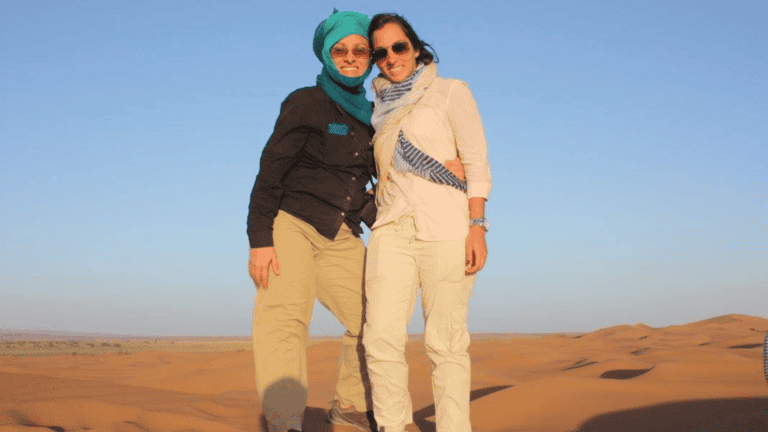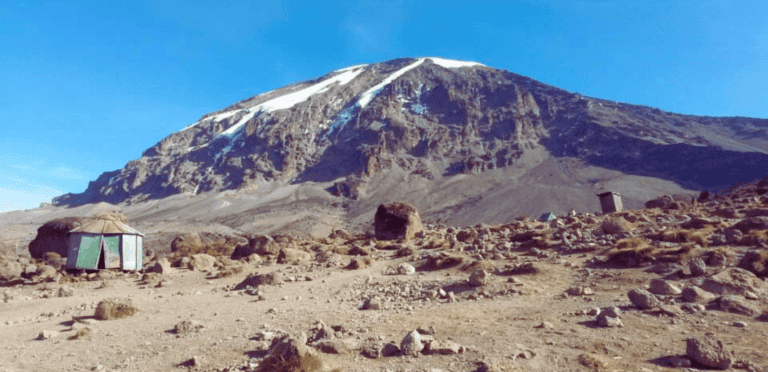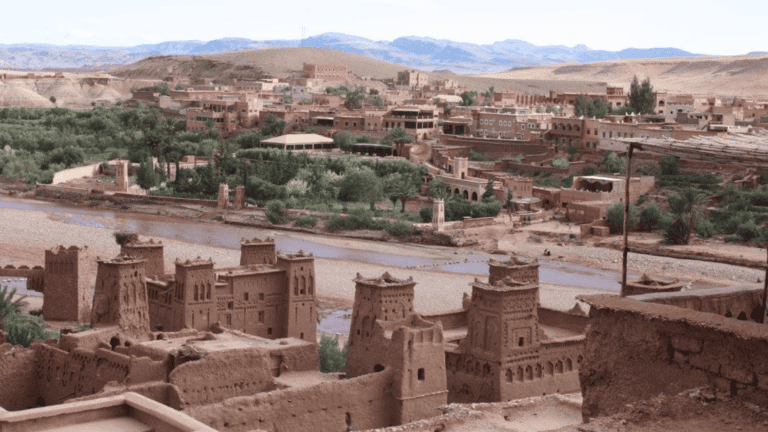What To Wear On Safari In Tanzania
Planning a safari? Learn what to wear on a safari in Tanzania to stay comfortable, protected, and prepared for every moment in the savannah.
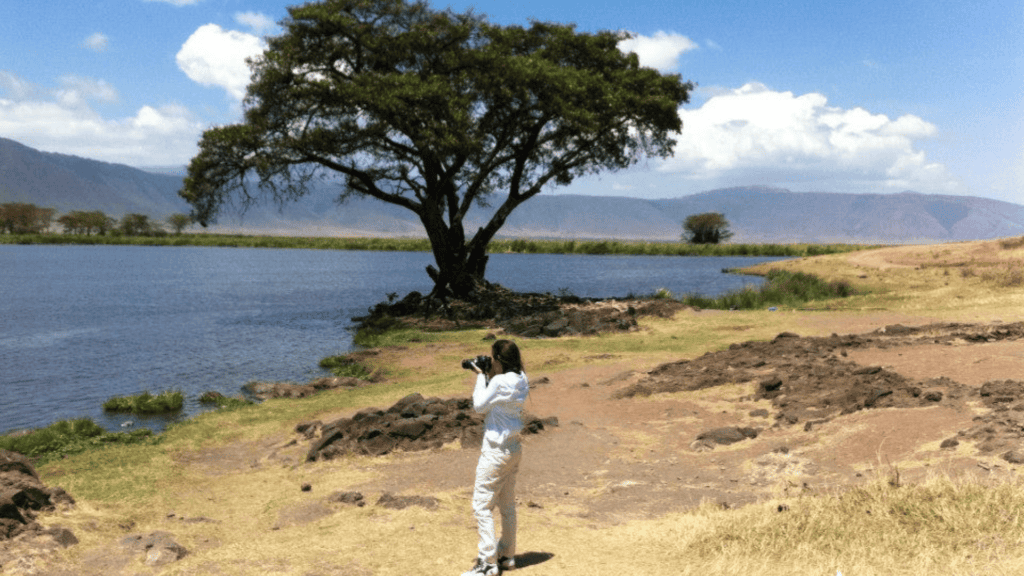
Going on a safari in Tanzania is a once-in-a-lifetime adventure!
From watching lions in the wild to spotting elephants at watering holes, you’ll want to be comfortable and prepared for all the savannah has to offer.
But dressing for a safari isn’t just about comfort—it’s about blending practicality with protection and style.
Here’s everything you need to know about what to wear for an unforgettable safari experience in Tanzania!

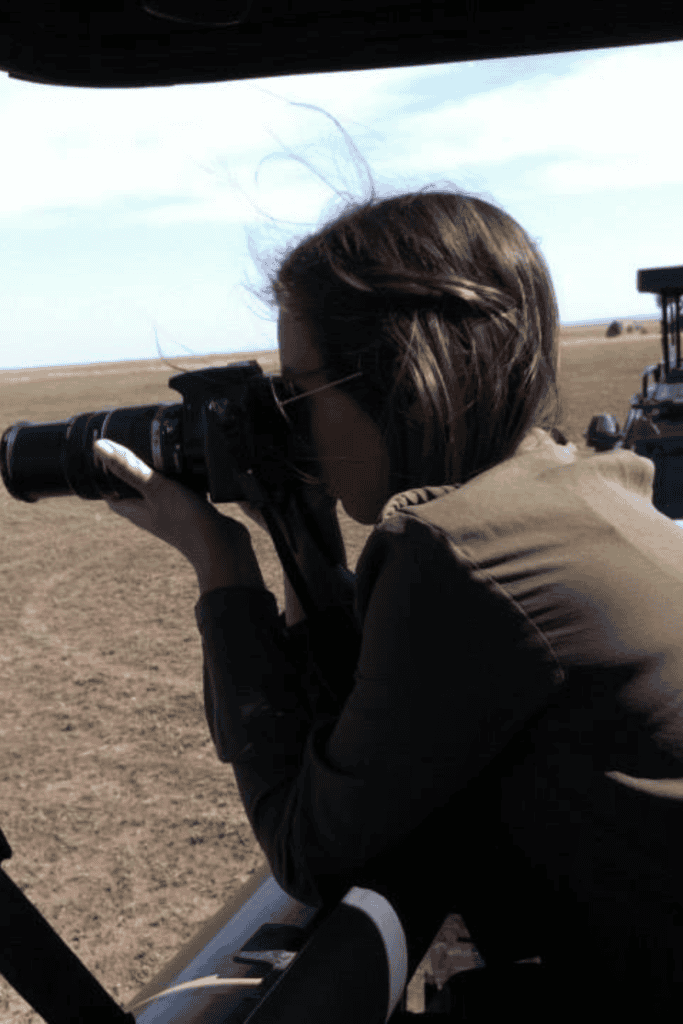
Essential Clothing for a Safari
When packing for a safari in Tanzania, prioritize comfort, versatility, and protection from the elements.
Choosing the right clothing and footwear allows you to stay cool in the heat and warm during cooler evenings.
Here are the clothing and footwear items you’ll want to pack:
- Lightweight Shirts: Pack long-sleeved, lightweight shirts for sun and bug protection. Button-up shirts with rollable sleeves are great for flexibility and breathability.
- T-Shirts: Comfortable cotton or moisture-wicking t-shirts are ideal for layering and can be worn alone during the day or under a jacket in the evening.
- Convertible or Cargo Pants: These pants are perfect for safari as they offer multiple pockets for storage and can convert into shorts if it gets too warm. Look for quick-dry materials that are lightweight but durable.
- Light Jacket or Fleece: Early mornings and late evenings can be chilly. So a lightweight jacket or fleece is a must. A packable, waterproof jacket is also helpful in case of rain.
- Breathable Socks: Bring moisture-wicking socks to keep your feet dry and comfortable. Choose socks long enough to wear with hiking boots and protect against grass or insects.
- Walking Shoes or Hiking Boots: For footwear, prioritize comfort and support. Hiking boots are ideal if you’ll be doing any bush walks or rugged terrain exploration. A good trail running shoe is also an option if you want a lighter shoe. Look for waterproof options with good ankle support and grip.
- Sandals or Slip-On Shoes: When you’re relaxing at the camp or lodge, sandals or lightweight slip-on shoes are convenient. They’re comfortable for downtime and perfect for giving your feet a break from boots.
- Swimsuit: Many safari lodges or camps have pools, so pack a swimsuit for a refreshing dip after a long day.
- Thermal Layer: If you’re on safari during the cooler months or plan on high-altitude visits, consider packing a thermal layer or base layer to stay warm during chilly nights.
What Colors to Wear on a Safari in Tanzania
Choosing the right colors is key for a safari. Earth tones—like khaki, olive green, tan, and brown—are ideal because they blend seamlessly with the natural environment.
This helps you avoid drawing attention from animals, making your presence less noticeable.
Neutral colors also keep you cooler under the intense African sun by reflecting heat rather than absorbing it.
Here’s a quick guide to safari-friendly colors:
- Khaki and Beige: These colors blend in well with dry landscapes, reducing visibility to animals while offering a classic safari look.
- Olive Green: This color is great for blending in with lush vegetation and is commonly used in safari gear for its versatility.
- Brown and Tan: Ideal for dirtier areas and great for hiding dust or mud, these tones add durability to your outfit without showing wear.
Colors to Avoid
- Bright Colors: Avoid colors like red, yellow, and blue, which can attract attention from animals and bugs.
- Dark Colors: Dark shades like black and navy can absorb heat, making you feel warmer. Additionally, these colors may attract flies.
Check out more POSTS ON Tanzania:
The Best Fabrics to Wear on a Safari in Tanzania
The fabric of your clothing can make a big difference in your comfort on a safari.
You’ll encounter hot days, cool evenings, and possibly dusty or humid conditions.
Lightweight, breathable, and quick-drying fabrics are ideal for keeping you comfortable in varying weather and active throughout the day.
Here are some of the best fabric choices for a safari:
- Cotton: Cotton is a popular choice for safaris because it’s soft, breathable, and keeps you cool. However, it tends to hold onto moisture, so consider blends with other fabrics if you’ll be sweating or if there’s high humidity.
- Linen: Linen is another excellent fabric for safari clothing, thanks to its natural cooling properties and lightweight feel. It’s breathable and comfortable in hot climates but can wrinkle easily, so it may need a bit more care.
- Synthetic Blends: Fabrics like nylon and polyester blends are great options, as they’re moisture-wicking and quick-drying. They’re particularly useful for layering, as they help manage sweat and dry out quickly if you get wet during a rainy season safari.
Fabrics to Avoid
- Denim: Although durable, denim is heavy and can become uncomfortable in hot weather. It also dries slowly, making it less practical if you’re caught in a rain shower or crossing through rivers.
- Silk: Silk is lightweight but isn’t ideal for safari as it can be delicate and difficult to wash in remote areas.
Choosing the right fabrics can keep you feeling fresh, comfortable, and ready for all your safari adventures!
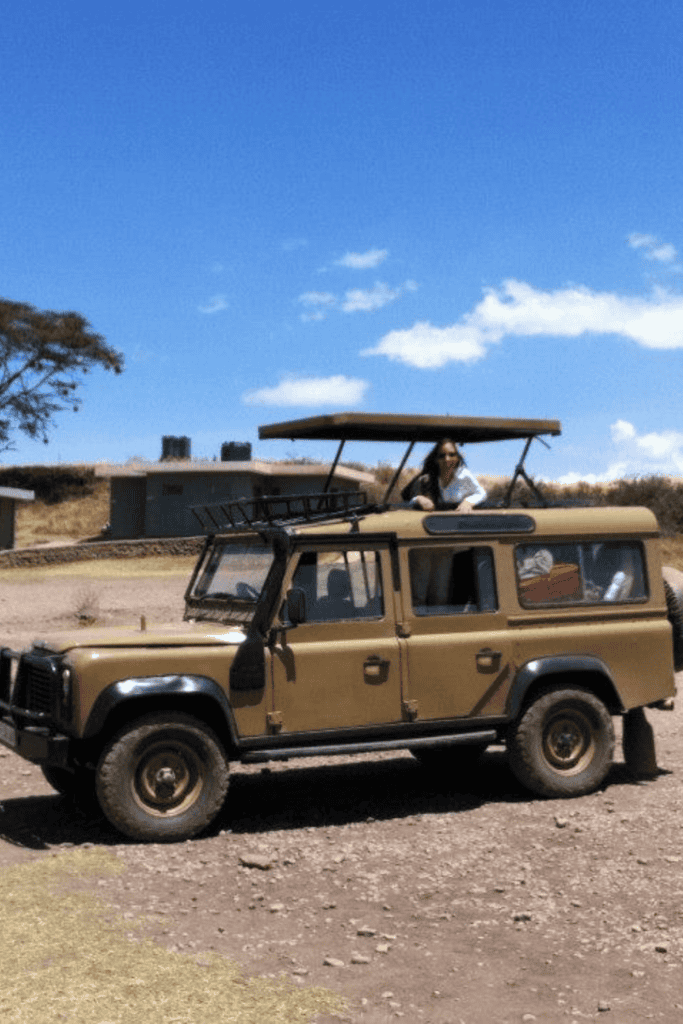
Essential Accessories to Take on a Safari in Tanzania
Packing the right accessories for a safari in Tanzania can make a big difference in your comfort and safety while enhancing your experience.
These essentials are designed to keep you protected from the sun, bugs, and dust, and ensure you’re prepared for any conditions you might encounter.
- Wide-brimmed Hat: A sun hat with a wide brim is a must-have to protect your face, neck, and ears from the intense African sun. Look for hats with adjustable straps to keep them secure during windy rides.
- Sunglasses with UV Protection: Quality sunglasses will protect your eyes from UV rays and reduce glare, especially in open savannah areas. Polarized lenses are ideal for clear visibility.
- Lightweight Scarf: A scarf can be extremely versatile, shielding you from dust during game drives, offering sun protection for your neck, and even adding an extra layer of warmth on cool mornings.
- Insect Repellent: Mosquitoes and other insects are common on safaris, so bring a strong insect repellent.
- Sunscreen: Choose a broad-spectrum, high-SPF sunscreen to protect exposed skin from the sun. Reapply throughout the day, as the sun can be intense even if you’re covered.
- Binoculars: A good pair of binoculars lets you get a close-up view of wildlife without disturbing them. Look for lightweight, compact models that are easy to carry but have good magnification.
- Camera and Extra Batteries: Capture memories with a good camera or smartphone. Bring extra batteries or a portable charger, as access to power may be limited in remote areas.
- Reusable Water Bottle: Staying hydrated is essential on a safari. A sturdy, reusable water bottle (preferably insulated to keep your water cool) will keep you refreshed throughout the day.
- Mini First-Aid Kit: Pack a basic first-aid kit with essentials like bandages, antiseptic wipes, pain relievers, and any personal medications. It’s helpful for minor scrapes or blisters that might occur during activities.
- Comfortable Backpack or Daypack: A small, lightweight backpack is perfect for carrying your accessories, camera gear, and other essentials on game drives or day hikes.
Having these accessories ensures you’re comfortable, protected, and ready to fully enjoy the safari experience.
Packing Smart For A Safari Journey
Packing for a safari in Tanzania is all about finding the right balance between comfort, protection, and blending in with nature.
By choosing breathable fabrics, neutral colors, and essential accessories, you’ll be well-prepared for both the adventures and relaxation that await you.
From early morning game drives to evening downtime at camp, each piece of your outfit plays a role in making your safari experience as enjoyable as possible.
With this guide, you’re ready to pack like a pro and embrace the wild beauty of Tanzania without worry.
So gather your essentials, prepare for breathtaking wildlife sightings, and get ready to make unforgettable memories on this incredible journey.
Safe travels and happy adventuring on your Tanzanian safari.

